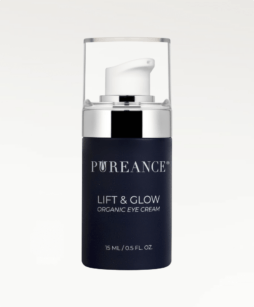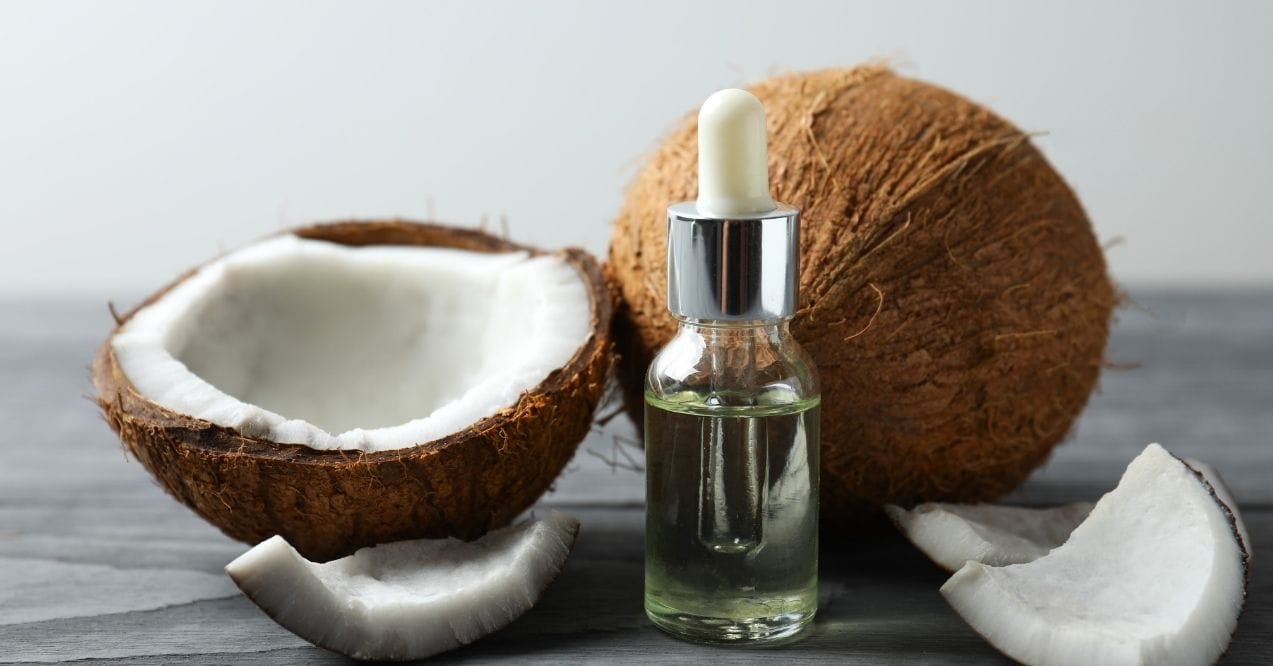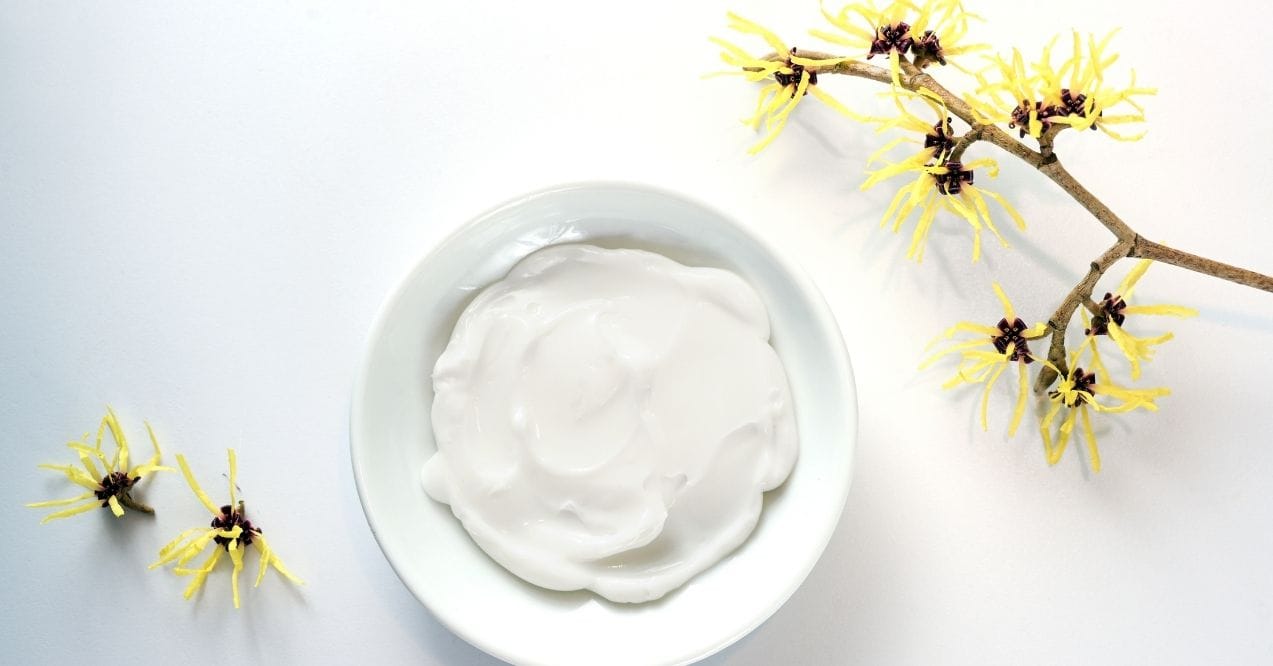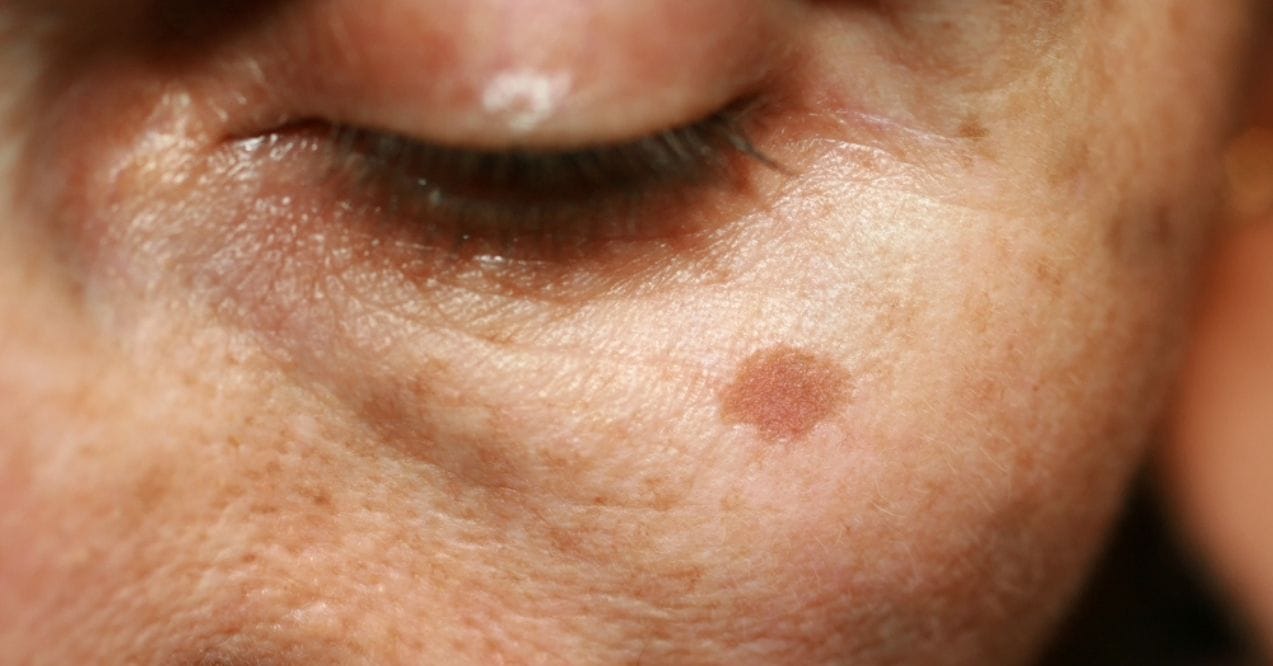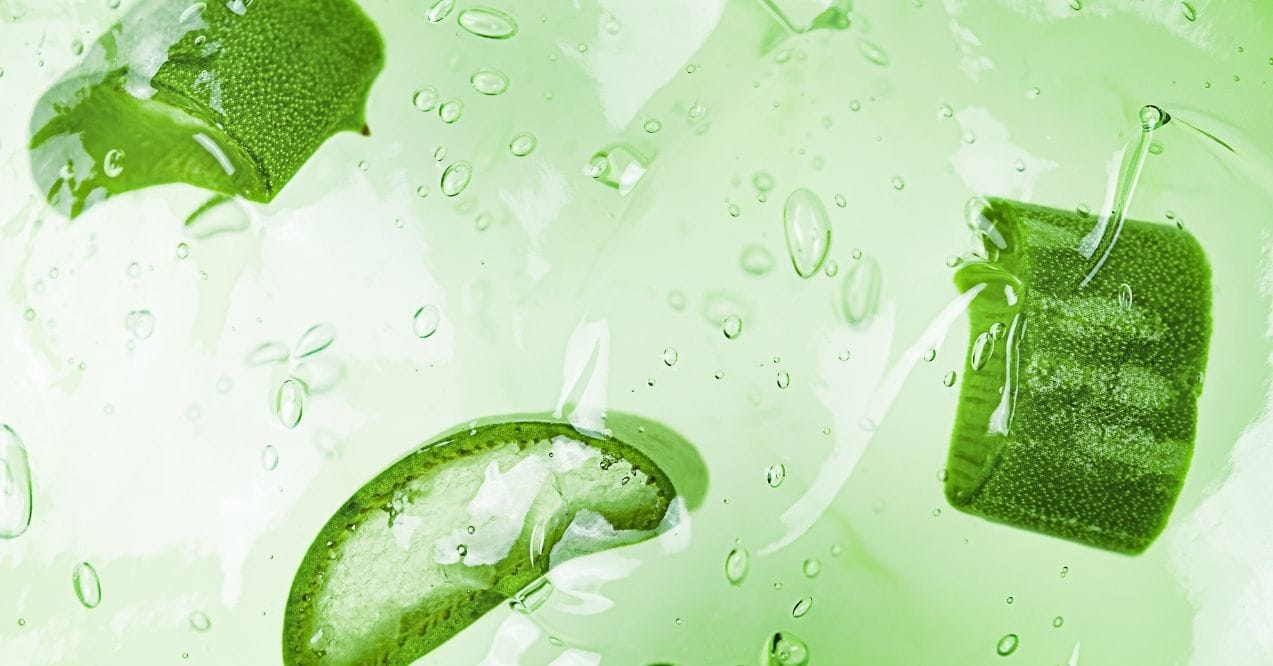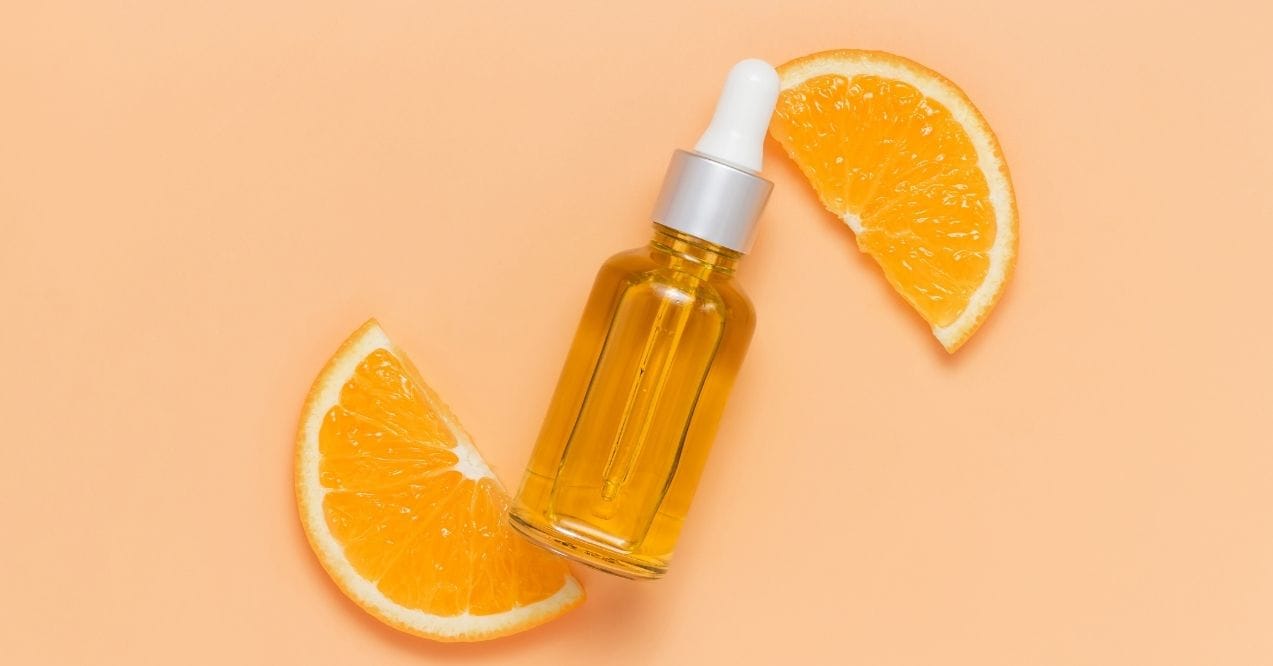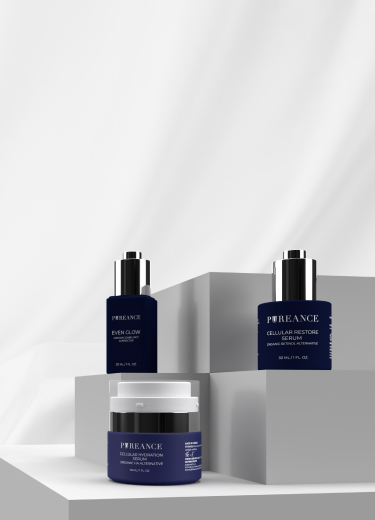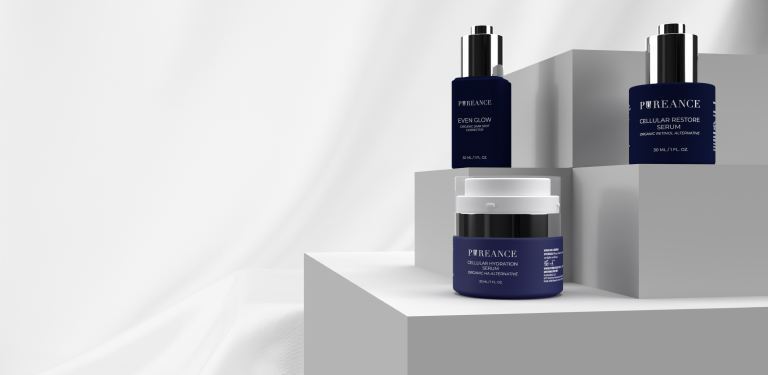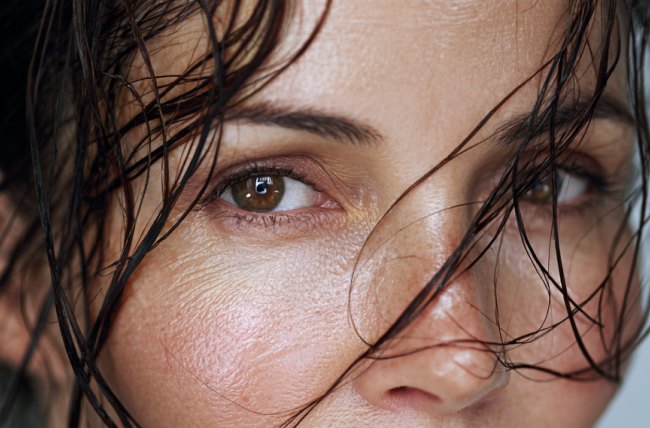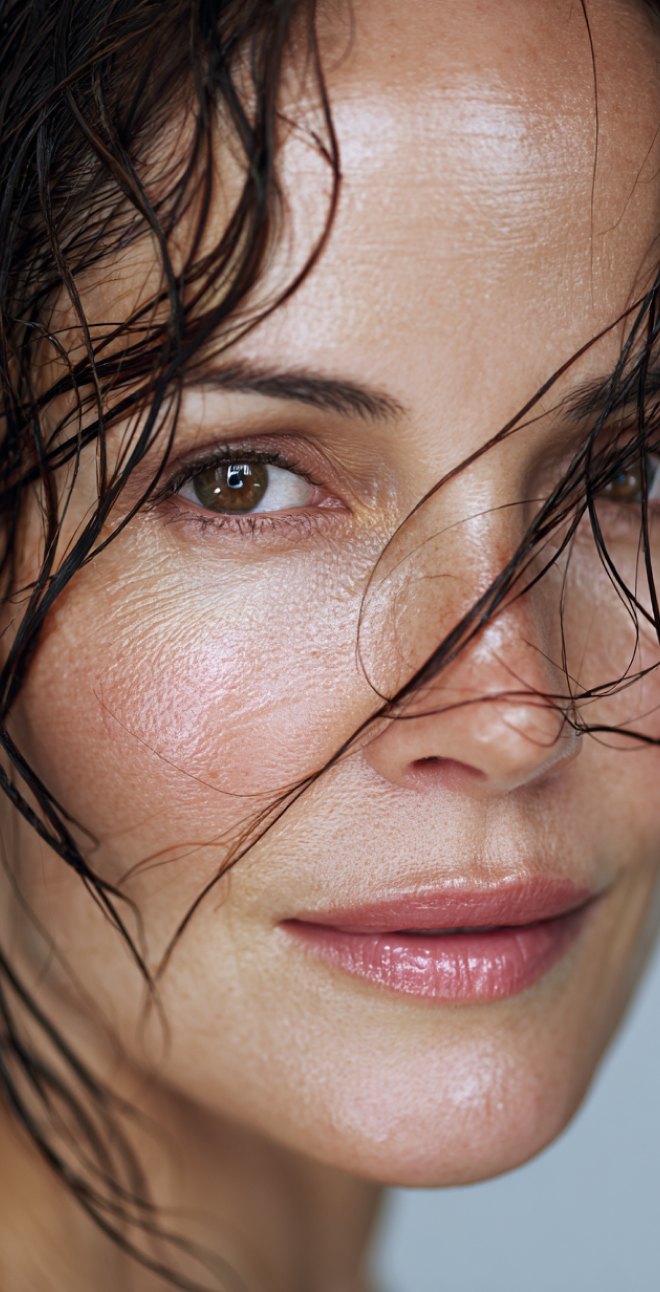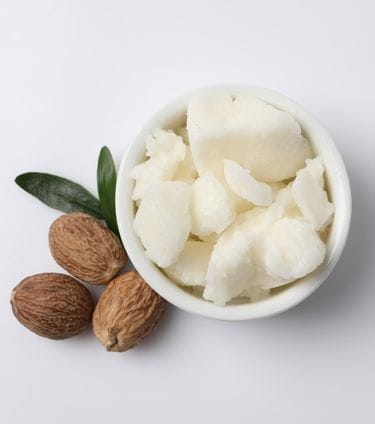


Does Shea Butter Help With Dark Spots?
Dark spots and uneven skin tone can be frustrating concerns for mature skin, often appearing due to sun exposure, hormonal changes, or past breakouts. Many women seek natural solutions that won’t irritate sensitive skin. Shea butter has emerged as a popular ingredient in skincare routines, with many wondering: does shea butter help with dark spots? Let’s explore what this natural butter can offer for hyperpigmentation concerns and how it might benefit your skincare routine.
Key Article Findings
- Shea butter may reduce dark spots’ appearance through vitamins A and E, but requires consistent daily use.
- Best results come from combining shea butter with vitamin C, exfoliation, and sunscreen.
- It improves skin appearance but typically won’t completely eliminate dark spots.
How Shea Butter Helps with Dark Spots
Shea butter contains several components that may support skin health when dealing with hyperpigmentation. Rich in vitamins A and E, shea butter offers natural moisture while supporting skin cell turnover. This gentle renewal process can help fade the appearance of dark spots over time.
The vitamin E in shea butter acts as an antioxidant, protecting skin cells from environmental damage that can worsen dark spots. Applying shea butter for dark spots regularly may help maintain a more balanced skin tone by supporting your skin’s natural processes.
Shea butter also contains fatty acids that strengthen the skin barrier, helping skin retain moisture. Well-hydrated skin tends to appear more radiant, which can make dark spots less noticeable.
The natural compounds in shea butter support skin’s even tone in several ways:
- Contains cinnamic acid, which may help protect skin from environmental stressors
- Provides gentle exfoliation through vitamin A content
- Offers deep moisture that enhances overall skin appearance
- Supports the skin’s natural barrier function
When applied consistently, shea butter creates a protective layer that nurtures skin while working to improve the appearance of uneven pigmentation.
The Benefits of Shea Butter for Hyperpigmentation
Shea butter offers multiple advantages when addressing uneven skin tone concerns. The natural buttery substance works on different levels to improve skin appearance. Understanding how shea butter and dark spots interact can help set realistic expectations for results.
Moisturizing and Skin Regeneration
Shea butter excels at deep moisturization, which plays a key role in improving skin appearance. When skin receives adequate moisture, it looks more radiant and healthy overall. This natural hydration can make dark spots appear less prominent against the surrounding skin.
The moisturizing effect also supports normal skin cell turnover. This process naturally refreshes the skin surface over time, which may gradually improve the appearance of dark spots.
For those wondering how long does it take for hyperpigmentation to go away, patience is important. Natural approaches like shea butter typically show subtle improvements over weeks or months rather than immediate changes.
Shea butter supports skin’s natural renewal by:
- Maintaining essential moisture levels in the skin
- Supporting the skin barrier function
- Enhancing overall skin smoothness and radiance
Anti-Inflammatory and Antioxidant Properties
Shea butter contains natural compounds that help protect the skin from environmental factors. These protective qualities may prevent existing dark spots from becoming more noticeable.
The butter’s antioxidant content, particularly vitamin E, works to neutralize free radicals that can damage skin cells. This protection is valuable for maintaining more even-looking skin tone over time.
When applied consistently to areas with uneven pigmentation, shea butter creates a nourishing environment that supports the skin’s natural balance and appearance.
How to Use Shea Butter for Dark Spots
Using shea butter effectively can help improve the appearance of dark spots when applied correctly and consistently. Unlike some oils for hyperpigmentation that can be greasy, shea butter absorbs well while providing lasting moisture. Incorporating shea butter for hyperpigmentation into your routine is simple but requires patience for best results.
Application Techniques
For optimal results when using shea butter on dark spots:
- Cleanse your face thoroughly before application
- Apply a pea-sized amount to slightly damp skin
- Gently massage in circular motions until absorbed
- Use consistently each evening (and morning if desired)
- Focus on areas with uneven pigmentation
The warmth of your fingertips helps melt the butter, making it easier to apply. For mature skin, this gentle approach prevents unnecessary pulling or stretching while ensuring the product absorbs properly.
Combining Shea Butter with Other Ingredients
Enhance the effectiveness of shea butter by combining it with complementary ingredients:
- Mix with a drop of vitamin C serum for added brightening benefits
- Blend with a small amount of niacinamide product for enhanced results
- Create a custom blend with other natural butters for varied texture
- Consider adding a drop of rosehip oil for additional skin-supporting properties
These combinations can create a personalized approach to address dark spots. Start with small test areas when trying new combinations to ensure your skin responds well before applying more widely.
Can Shea Butter Clear Dark Spots?
Many women wonder: can shea butter clear dark spots completely? While shea butter offers beneficial properties for skin appearance, it’s important to maintain realistic expectations. Shea butter may help improve the look of dark spots over time, but it typically works gradually rather than providing dramatic overnight results.
Shea butter works best as part of a comprehensive skincare approach for addressing uneven skin tone. The natural butter can help improve the appearance of dark spots, but complete fading often requires additional complementary steps.
Consistency in Treatment
The key to seeing results with shea butter lies in regular, consistent application. Most natural skincare ingredients work best when they become part of your daily routine.
For best results:
- Apply shea butter daily, preferably at night
- Use on clean, slightly damp skin
- Gently massage into areas with dark spots
- Continue use for at least 4-6 weeks
Combining Shea Butter with Exfoliation
Pairing shea butter with gentle exfoliation can enhance results:
- Use a mild exfoliant 1-2 times weekly
- Apply shea butter afterward for better absorption
- Consider this combination approach for better results
- Always use sun protection during the day
Alternatives and Complementary Treatments
While shea butter provides benefits for skin appearance, combining it with other ingredients can enhance results. A multi-faceted approach often works best for addressing dark spots on mature skin. Consider these effective complementary treatments to use alongside your shea butter routine.
Vitamin C
Does vitamin C help with hyperpigmentation? Research suggests it’s one of the most effective ingredients for improving the appearance of uneven skin tone. Vitamin C works by brightening the skin’s appearance and supporting overall skin health.
For those wondering how to use vitamin C for dark spots, consider these steps:
- Apply vitamin C serum in the morning before moisturizer
- Wait 2-3 minutes for absorption before applying other products
- Follow with shea butter as a moisturizing layer
- Start with lower concentrations (5-10%) if you have sensitive skin
- Consider using vitamin C in the morning and shea butter at night
Sunscreen and UV Protection
Daily sunscreen use is essential when addressing dark spots. UV exposure can darken existing spots and create new ones, undoing your progress with treatments like shea butter.
For best protection:
- Apply broad-spectrum SPF 30+ every morning
- Reapply every two hours when outdoors
- Use even on cloudy days
- Choose physical sunscreens for sensitive mature skin
Conclusion
Shea butter offers promising benefits for those concerned about uneven skin tone. So does shea butter help with dark spots? While not a miracle solution, this natural ingredient can be a valuable addition to your skincare routine. Its moisturizing properties, antioxidant content, and gentle nature make it suitable for most skin types, especially mature skin.
For best results, use shea butter consistently as part of a comprehensive approach that includes proper cleansing, gentle exfoliation, complementary ingredients like vitamin C, and diligent sun protection. Patience is key – natural approaches take time to show results.
Shea butter may help improve the appearance of dark spots over time due to its vitamins A and E content and moisturizing properties. Results vary, but consistent use can support more even-looking skin tone.
Most people need 4-8 weeks of consistent application to notice improvements. Individual results vary based on skin type, spot intensity, and whether complementary treatments are used alongside shea butter.
Shea butter typically helps reduce the appearance of dark spots rather than removing them completely. For more significant results, combine with other approaches like vitamin C, exfoliation, and sun protection.
Shea butter may help improve the appearance of post-acne marks through moisturization and supporting the skin barrier. It works better on newer marks and less effectively on deep, textured scars.
For best results, apply shea butter to affected areas daily, preferably at night after cleansing. Consistency is key – occasional use won’t deliver noticeable improvements in skin appearance.
Shea butter is generally well-tolerated by sensitive skin due to its natural composition and anti-inflammatory properties. Always patch test first and choose unrefined, pure shea butter for fewer potential irritants.
This site offers health, wellness, fitness and nutritional information and is designed for educational purposes only. You should not rely on this information as a substitute for, nor does it replace, professional medical advice, diagnosis, or treatment. If you have any concerns or questions about your health, you should always consult with a physician or other health-care professional. Do not disregard, avoid or delay obtaining medical or health related advice from your health-care professional because of something you may have read on this site. The use of any information provided on this site is solely at your own risk.
Nothing stated or posted on this site or available through any services are intended to be, and must not be taken to be, the practice of medical or counseling care. For purposes of this agreement, the practice of medicine and counseling includes, without limitation, psychiatry, psychology, psychotherapy, or providing health care treatment, instructions, diagnosis, prognosis or advice.
